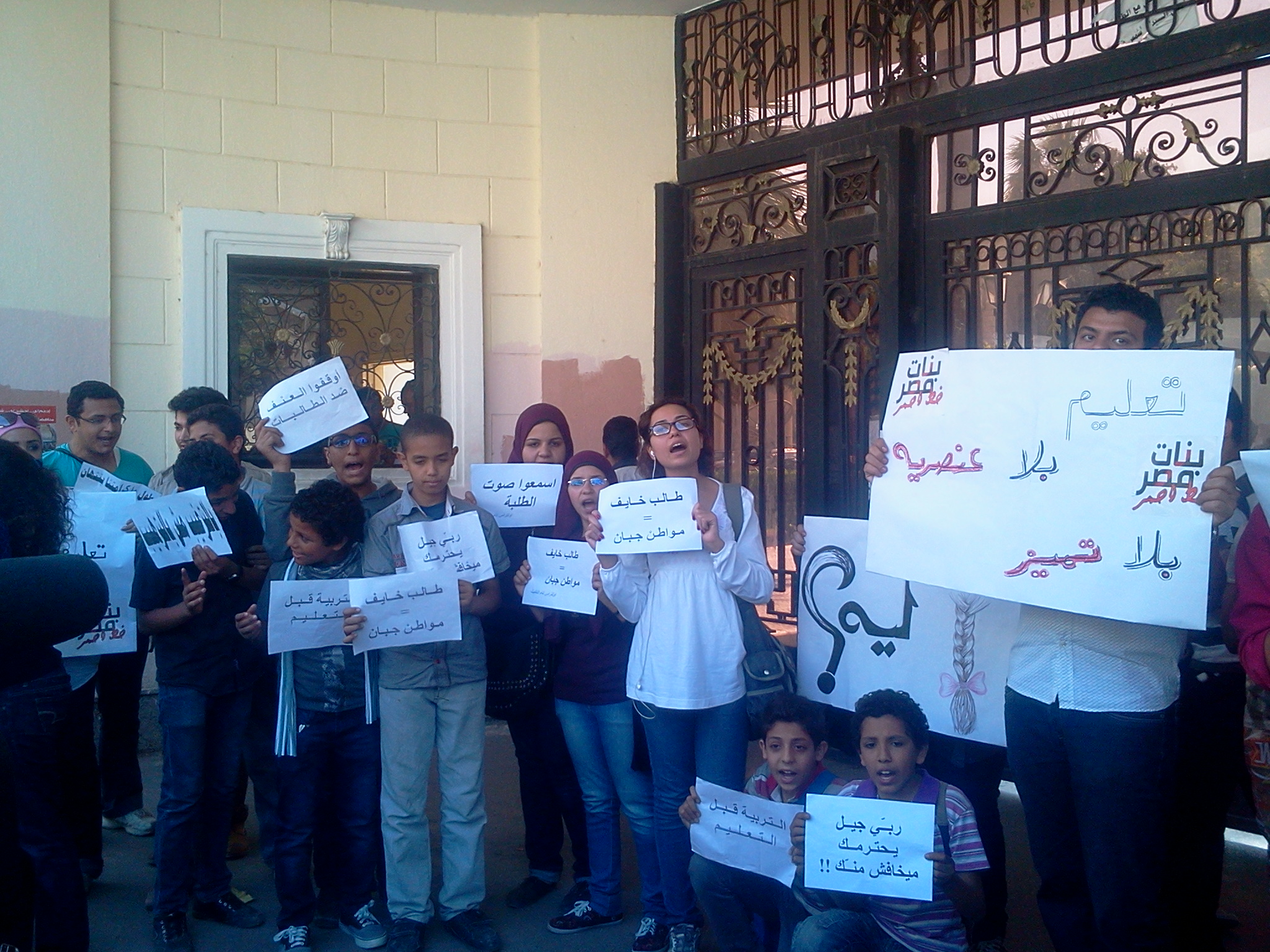Pakistani artist Rashid Rana wants us to look at his country and see the Islamic conservatism, fervent patriotism, postcard mountain landscapes. And then he wants us to stop and look again.
A massive canvas depicting an oriental rug is on closer inspection made from tiny photos of carnage at an abattoir; panels of veiled women are composite stills from pornographic films; tiny soldiers run amok over a pastoral scene.
His work tackles contradictions – a theme popular among modern artists grappling with national identity – but since the September 11 attacks in New York flung Pakistan into the world spotlight, people are paying attention.
I think that one reaction was to become wary of the Muslim world. But that also makes them curious. My work is about these kinds of paradoxes, he tells AFP from his airy studio in Pakistan s eastern city of Lahore.
Rana is part of a wave of contemporary Pakistani artists gaining global recognition, with some using their craft to tackle thorny issues such as terrorism, religious extremism, women s rights and nationalism.
Instead of being cowed by a Taliban-led insurgency killing more than 1,000 people in the last year and stifling art in much of the country, contemporary artists are finding inspiration in the turmoil.
As Rana says, peculiar circumstances have always led to interesting art.
He is among 15 Pakistani artists showing 55 works at Hanging Fire: Contemporary Art from Pakistan, an exhibition at the Asia Society in New York which is one of the first shows of its kind outside the subcontinent.
Interest in modern Pakistani art is blossoming on the heels of a boom in Indian and Chinese work. One of Rana s canvases fetched more than half a million dollars at auction in New York, reportedly the most paid for a piece of contemporary Pakistani art.
President (Barack) Obama declared Pakistan the most dangerous place in the world, yet in the past decade a flourishing art scene has developed, Asia Society museum director Melissa Chiu told AFP by email from New York.
This exhibition is a way of bringing attention to this new generation of artists. While Pakistan might be in the news for political instability and terrorist violence it is also home to this extraordinary creativity.
But despite growing overseas acclaim, contemporary art reaches very few people in impoverished Pakistan. Only about 54 percent of people can read and write, and there is little state funding for the arts.
Anwar Saeed, another artist exhibiting at the Asia Society, said there are benefits in the cultural obscurity of his craft.
In the conservative northwest, more popular forms of entertainment such as dancing, singing and traditional truck painting have incurred the wrath of the Taliban and other religious extremists who want to impose Sharia law.
They don t find art-making threatening. It is a small group of people from a class. In that way it does not bother anyone, Saeed said.
Large blue and teal-hued paintings in Saeed s compact Lahore studio depict men in embraces, either combat or passion. A man holds a gun to another s chest, in what Saeed says is an exploration of violence and love.
He concedes that one of his works on display at the Asia Society – male nudes sketched across the pages of a book titled I Pierre Seel, Deported Homosexual – would likely never be exhibited in Pakistan.
Rana too says he would not show his more risqué work in Pakistan, but the artists say it is mostly self-censorship, never knowing what kind of images could be deemed un-Islamic and the subject of a witch-hunt.
Pakistan has ill-defined general obscenity laws, while sporadic censorship crackdowns are mostly politically motivated and target the news media.
The Hanging Fire show aims to give the art greater exposure, at the same time as challenging stereotypes about Pakistan. But it has its detractors.
Writing in The Wall Street Journal, cultural commentator Melik Kaylan questioned why the art on display skirted round the issues of religious extremism rather than directly poking fun at the insurgents.
Why not openly point a finger at the perpetrators and their ilk? Where are the images of outrage directed against the manifest authors of Pakistan s agony, the multifarious Al-Qaeda-linked terrorists? he wrote.
But Rana said he is not aiming to make art that will change the world.
I do engage my audience on issues they can relate with. Even if I can generate a small bit of discussion, I think it is a success, he said.
